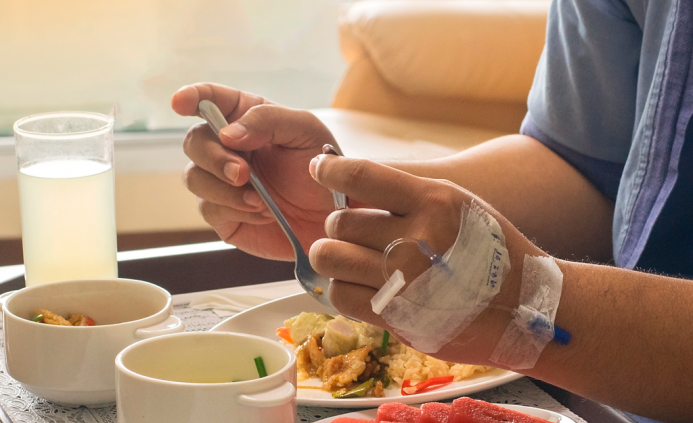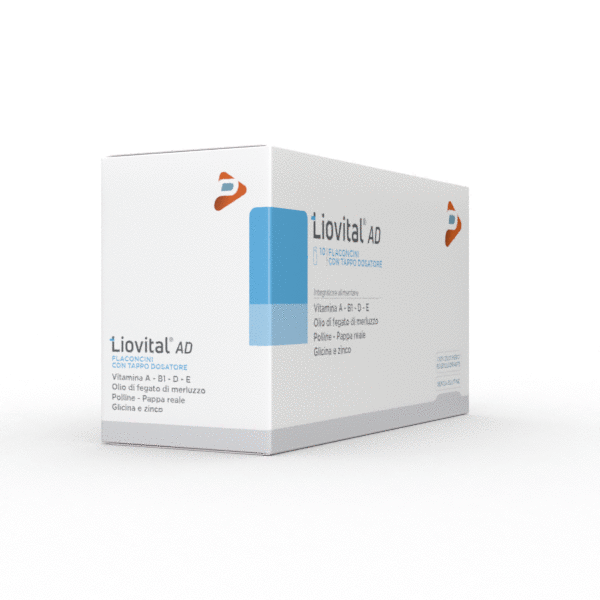More than half, 51%, of cancer patients who go on top of their first visit to national oncology units have a nutritional impairment, 42.4% of which are at risk of malnutrition and 9% are already malnourished. These are some results of Italian research that for the first time analyzed the nutritional status of about 2000 patients in the Bel Country, showing an alarming situation. Published in the journal Oncotarget, the Premio study, an acronym for Prevalence of malnutrition in malnourished oncology, shows that as many as 15% of Italian patients are at risk of malnutrition. Overall, one in three patients in hospital and RSA is malnourished or at risk, and in the case of cancers, the problem is particularly severe. Unfortunately, one in five cancer patients die from this cause: about half a million people. What makes the situation even more serious is the fact that anorexia, loss of appetite and weight, malnutrition, are common from the earliest stages of the disease so much that the first cancer visit can be detected already. Causes
Cancer patients can lose appetite for several reasons. These include early satiety for 69% of subjects, 40.3% change in taste, nausea or vomiting for 31.9%, rejection and aversion to the taste of meat (28.9%) 16.8%.
In lurking cachessia
A very serious consequence of malnutrition is cachessia, a condition that manifests itself with a massive loss of weight and muscle tissue. More than 70% of people with stomach or pancreatic cancer, more than 60% of those diagnosed with liver and rectal cancer, more than 40% of those with head-neck cancer and genitourinary forms show body mass index and weight loss compatible with the diagnosis of cancer cachepsy. The consequences of weight loss, muscle or nutrients can be very serious. For example, this condition increases radio-induced toxicity and chemotherapies on healthy cells and makes cancer ousts more resistant to treatment. It also facilitates the weakening of immune defenses, increases the frequency of hospitalizations and worsens the prognosis with an increase in mortality. Unfortunately, 20% of cancer patients do not pass the disease precisely because of the serious consequences of malnutrition. The most frequent cancers are stomach, esophagus, pancreas, head-neck, and lung, while women with breast cancer are the least prone to malnutrition.
A widespread situation
This is not just a problem in Italy. Studies in other countries, such as Germany, France, Spain, and Brazil reported malnutrition rates ranging from 25% to 70%, with higher frequency spikes among cancer patients. Despite the high prevalence and well-known negative consequences of inadequate nutrition, the risk is not always taken into account. Yet it is not an inevitable side effect of the disease, indeed, it is a condition that can instead be prevented or treated, becoming reversible.
Help in the case of vitamins A and D Deficiency
An inadequate diet or pathological condition, can lead to poor intake, reduced absorption or increased requirements of vitamins A and D. Vitamin A plays an important role in maintaining mucous trophy, Vitamin D promotes the absorption of calcium and phosphorus and helps bone health. Pollen extract and real jelly are rich in essential amino acids, vitamins, and minerals in easily assimilated form.


